Home>Garden Essentials>What Is A Corn Seed
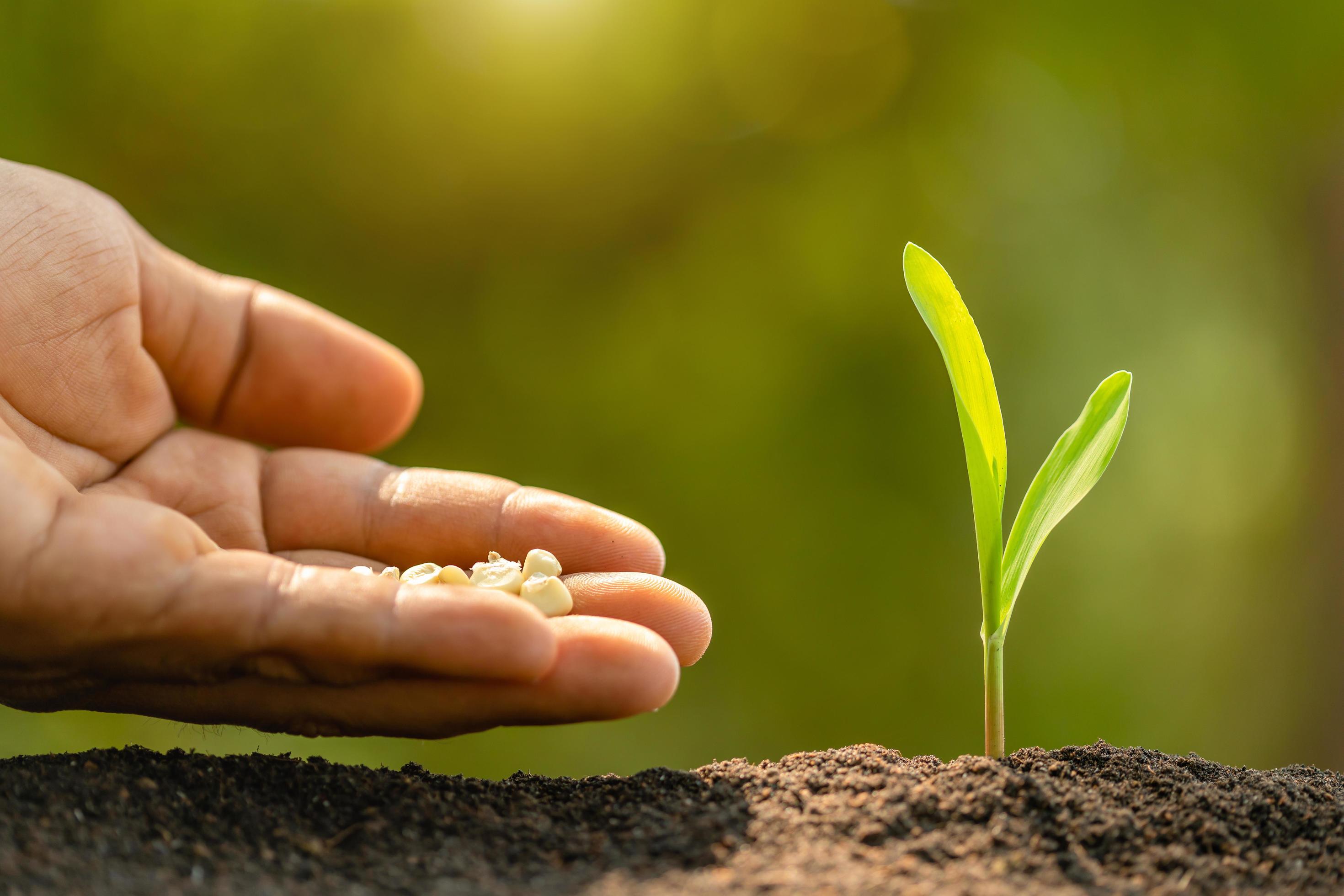

Garden Essentials
What Is A Corn Seed
Modified: March 24, 2024
Discover the power of garden corn seeds and how they can transform your garden into a thriving oasis. Explore the benefits and tips for growing corn from seeds.
(Many of the links in this article redirect to a specific reviewed product. Your purchase of these products through affiliate links helps to generate commission for Storables.com, at no extra cost. Learn more)
Introduction
When it comes to gardening and agriculture, one of the most important aspects is understanding the seeds that we plant. In particular, corn seeds play a significant role due to the popularity and wide usage of corn in various industries. Whether you are a seasoned gardener or just starting out, having a solid understanding of corn seeds and their characteristics is essential for successful cultivation.
In this article, we will delve into the anatomy, germination process, growth and development, as well as the importance of corn seeds in agriculture. We will also explore the different types of corn seeds and the factors that affect their quality. Additionally, we will discuss the proper harvesting and storing techniques for corn seeds to ensure their longevity and viability. So, whether you are looking to grow corn in your backyard garden or on a commercial scale, this article will provide you with a comprehensive understanding of corn seeds and how they contribute to the world of agriculture.
Let’s dive right in and explore the fascinating world of corn seeds!
Key Takeaways:
- Corn seeds are the building blocks of a successful corn crop, with each part serving a specific function. Understanding their anatomy and germination process is essential for growing healthy corn plants.
- Proper harvesting, drying, and storage of corn seeds are crucial for maintaining their quality and viability. By following these practices, you can ensure successful planting and a bountiful harvest.
Read more: What Does Corn Seed Look Like
Anatomy of a Corn Seed
Before we delve into the intricate details of corn seed germination and growth, let’s take a closer look at the anatomy of a corn seed. Understanding the different parts of a corn seed will give us insights into its structure and the functions of each component.
A corn seed, also known as a kernel, consists of four main parts: the seed coat, endosperm, embryo, and scutellum.
The seed coat, also called the hull, is the outer protective layer of the corn seed. It acts as a barrier, safeguarding the inner parts from external factors such as moisture loss and mechanical damage. The seed coat is typically hard and can come in different colors, including yellow, red, or white.
The endosperm is the starchy tissue that surrounds the embryo. It serves as a food reserve for the growing embryo and provides it with the necessary nutrients to germinate and establish roots. The endosperm is rich in carbohydrates and proteins, making it an essential part of the corn seed’s development.
The embryo is the miniature version of the corn plant. It consists of the embryonic axis, which includes the radicle (embryonic root), plumule (embryonic shoot), and one or more cotyledons (seed leaves). The radicle is responsible for the initial root growth, while the plumule develops into the shoot, eventually forming the above-ground parts of the corn plant.
The scutellum is a specialized structure found at the base of the embryo. It is responsible for absorbing nutrients from the endosperm and transferring them to the developing embryo during germination. The scutellum plays a crucial role in providing the necessary energy for the seed to sprout and grow.
Overall, the anatomy of a corn seed is a complex and well-designed structure. Each part performs a specific function, contributing to the successful germination and growth of the seed.
Now that we have a good understanding of the anatomy of a corn seed, let’s explore the fascinating process of germination.
Germination Process
The germination process is a critical stage in the life cycle of a corn seed. It is the process by which the seed breaks dormancy and begins to sprout, leading to the growth of a new corn plant. Understanding the germination process is essential for successful cultivation and maximizing seed viability.
Germination typically begins when the conditions are favorable, including the right combination of moisture, temperature, and oxygen availability. The process can be broken down into several stages:
- Imbibition: The first stage of germination is imbibition, which occurs when water is absorbed by the seed. This leads to the activation of enzymes, causing the seed to swell.
- Radicle emergence: As the seed swells, the radicle (embryonic root) emerges. The radicle starts to grow downward, anchoring the seedling into the soil and beginning the absorption of water and nutrients.
- Shoot development: After the radicle emerges, the plumule (embryonic shoot) begins to develop. It pushes through the soil and towards the surface, eventually resulting in the emergence of the first leaves called cotyledons.
- Leaf growth: Once the cotyledons emerge, the corn plant starts to develop its true leaves. These leaves are responsible for photosynthesis, converting sunlight into energy for growth.
- Root and stem growth: With the leaves growing, the roots of the corn plant continue to expand, absorbing water and nutrients from the soil. Meanwhile, the stem elongates, enabling the plant to reach for sunlight and establish a strong foundation.
Throughout the germination process, it is essential to provide the optimal conditions for the seed to develop. This includes maintaining consistent moisture levels, ensuring proper drainage, and providing adequate warmth. Too much moisture or waterlogged soil can lead to rotting of the seed, while insufficient moisture can hinder germination.
Temperature also plays a crucial role in the germination process. Most corn seeds germinate best at temperatures between 77°F to 95°F (25°C to 35°C). Cooler temperatures can delay germination, while extremely high temperatures can inhibit it.
In addition to moisture and temperature, oxygen availability is vital to the germination process. Seeds require oxygen for respiration, which provides the energy needed for growth. Proper soil aeration and drainage help ensure that the seeds receive an adequate oxygen supply.
By understanding the germination process and providing the optimal conditions, you can increase the chances of successful corn seed germination and the establishment of healthy corn plants.
Now that we have explored the germination process, let’s dive into the growth and development of corn seeds.
Growth and Development of Corn Seed
Once the corn seed has successfully germinated and established its roots, it embarks on a journey of growth and development. This phase is crucial in determining the overall health and productivity of the corn plant. Understanding the growth and development process will enable you to provide the necessary care and optimize the conditions for your corn seeds.
As the corn seedling emerges from the soil, it continues to develop into a mature plant through several distinct stages.
Seedling Stage: During the seedling stage, the corn plant focuses on establishing a healthy root system and developing its first set of leaves. The primary root grows deeper into the soil, providing stability and absorbing water and nutrients. Meanwhile, the shoot system strengthens, and new leaves emerge from the growing point of the plant.
Vegetative Stage: The vegetative stage is characterized by rapid leaf and stem growth. The corn plant produces multiple leaves in a spiral arrangement, capturing sunlight for photosynthesis. The stem elongates, enabling the plant to reach for more light and supporting the growing foliage. At this stage, the corn plant dedicates most of its energy to vegetative growth, building a strong foundation for future reproductive development.
Reproductive Stage: The reproductive stage is when the corn plant transitions to producing tassels and ears. The tassels, located at the top of the plant, contain the male flowers responsible for releasing pollen. The pollen is carried by the wind to the silks, which emerge from the ear shoots. Each silk corresponds to an individual kernel, and successful pollination occurs when the pollen reaches the silks and fertilizes the ovules, ultimately resulting in kernel development.
Grain Fill Stage: The grain fill stage is a critical period when the kernels develop and fill with starch and nutrients. The plant redirects its energy towards grain production, ensuring that the developing kernels receive the necessary resources for growth and maturation. This stage is crucial in determining the final yield and quality of the corn crop.
Maturity and Harvest: The final stage of growth involves the plant reaching maturity as the kernels dry down and the husks turn brown. This indicates that the corn is ready for harvest. Harvesting techniques vary depending on the intended use of the corn, whether it is for human consumption, animal feed, or processing into other products.
Throughout the growth and development stages, it is important to provide the corn plant with optimal growing conditions, including adequate sunlight, water, and nutrients. Additionally, monitoring and managing pests and diseases can help ensure the healthy development of the corn crop.
Understanding the growth and development process of corn seeds allows you to make informed decisions when it comes to planting, fertilizing, and managing your corn crop. By providing the right conditions and care, you can maximize the productivity and quality of your harvest.
Next, let’s explore the importance of corn seeds in agriculture and their impact on various industries.
Importance of Corn Seeds in Agriculture
Corn seeds play a vital role in agriculture and have a significant impact on various industries, making them one of the most important crops worldwide. Let’s explore the importance of corn seeds and their contributions to agriculture.
Food Production: Corn is a staple food crop for both humans and animals. Corn seeds are used to produce a wide range of food products, including cornmeal, corn flour, corn oil, corn syrup, and cornstarch. These products are used in baking, cooking, and as ingredients in many processed foods. Additionally, corn is a primary source of feed for livestock, providing essential nutrients for animals in the agricultural industry.
Ethanol Production: Corn seeds are a valuable source of feedstock for the production of ethanol, a biofuel that is blended with gasoline. Ethanol production from corn has significant economic and environmental impacts, providing an alternative to fossil fuels and reducing greenhouse gas emissions.
Animal Feed: Corn seeds are a key component in animal feed formulations. They are high in energy and contain essential nutrients, making them an ideal feed option for livestock such as cows, pigs, and poultry. Corn-based feed contributes to the growth and overall health of animals, ensuring a reliable and sustainable source of protein for human consumption.
Industrial Applications: Corn seeds are used in various industrial applications beyond food and feed production. Cornstarch, derived from corn seeds, is utilized in the manufacturing of biodegradable plastics, adhesives, paper products, and textiles. Corn oil is used in the production of biodiesel, while the byproducts of corn processing are used in the creation of animal feed, fertilizers, and even as components in the pharmaceutical industry.
Crop Rotation and Soil Health: Corn seeds are often an essential component of crop rotation practices employed by farmers. Rotating corn with other crops helps to break disease and pest cycles, reduce soil erosion, and improve soil health. The deep root system of corn plants helps to break up compacted soil, enhance soil structure, and increase nutrient availability for subsequent crops.
Economic Impact: Corn production has a significant economic impact on farming communities and economies worldwide. Cultivating corn seeds generates income for farmers and supports local businesses involved in the production, processing, and distribution of corn-related products. Moreover, corn exports contribute to international trade and boost agricultural economies.
The importance of corn seeds in agriculture cannot be overstated. It serves as a versatile crop, providing essential food, feed, fuel, and industrial raw materials. The cultivation of corn seeds not only sustains livelihoods but also contributes to food security, alternative energy sources, and environmental sustainability.
Now that we understand the importance of corn seeds, let’s explore the different types of corn seeds that are available for cultivation.
When planting corn seeds, make sure to space them about 8-12 inches apart in rows that are 30-36 inches apart. This will give the seeds enough room to grow and produce healthy corn plants.
Read more: What Temperature Does Corn Germinate
Different Types of Corn Seeds
When it comes to cultivating corn, there are several different types of corn seeds available, each with its own characteristics, uses, and adaptations. Let’s explore some of the common types of corn seeds:
Field Corn: Field corn, also known as dent corn, is the most widely grown type of corn. It is primarily cultivated for industrial purposes such as animal feed, ethanol production, and various corn-based products. Field corn kernels have a dent or indentation at the top, hence the name. This type of corn has a high starch content and is typically harvested once the kernels have fully matured and dried on the cob.
Sweet Corn: Sweet corn is a popular type of corn cultivated for its tender and sweet kernels. Unlike field corn, sweet corn is harvested at an earlier stage when the kernels are in their milky stage. It is commonly consumed as a fresh vegetable and is the type of corn often found in supermarkets and farmers’ markets during the summer months. Sweet corn varieties come in yellow, white, and bi-color, offering a range of flavors and textures.
Popcorn: Popcorn is a unique type of corn cultivated for its ability to pop and expand when heated. The tough outer hull traps moisture inside the kernel, which then turns into steam and causes the kernel to burst, resulting in the formation of fluffy, edible popcorn. Popcorn varieties usually have small, hard kernels and come in a variety of colors, including yellow, white, and even multi-colored varieties.
Flint Corn: Flint corn, also referred to as Indian corn or ornamental corn, is primarily grown for decorative purposes. It is characterized by its hard, colorful kernels and is often used in autumn decorations, cornucopias, and crafts. Flint corn varieties come in a range of vibrant colors, including red, blue, purple, and white, making them visually appealing and popular for fall festivals and holiday decorations.
Flour Corn: Flour corn, as its name suggests, is a type of corn primarily used for grinding into corn flour or cornmeal. The kernels of flour corn are softer and less starchy compared to field corn, making them suitable for milling into fine-textured flour. This type of corn is often used in traditional recipes for cornbread, tortillas, and other baked goods.
These are just a few examples of the different types of corn seeds available for cultivation. It is important to choose the appropriate type based on your specific needs and desired end-use, whether it is for food consumption, animal feed, industrial applications, or ornamental purposes.
Now that we’ve explored the different types of corn seeds, let’s move on to discuss the factors that can affect the quality of corn seeds.
Factors Affecting Corn Seed Quality
The quality of corn seeds is crucial for successful cultivation and a productive harvest. Several factors can influence the quality of corn seeds, including genetics, environmental conditions, and seed handling practices. Let’s take a closer look at these factors:
Genetics: The genetic makeup of corn seeds plays a significant role in determining their quality and performance. Seed companies invest considerable resources in breeding and selecting corn varieties with desirable traits such as disease resistance, high yield potential, and adaptability to different regions. Choosing high-quality, genetically improved seeds sets the foundation for a successful corn crop.
Environmental Conditions: Environmental factors can greatly impact corn seed quality. Adequate sunlight, temperature, and moisture are essential for proper germination and seedling establishment. Stressful conditions such as drought, extreme temperatures, or excessive rainfall can hinder seed development and affect overall seed quality. It’s important to select corn varieties that are well-suited to the specific environmental conditions of your region.
Seed Storage and Handling: Proper seed storage and handling practices are crucial for maintaining seed quality. Seeds should be stored in cool, dry, and well-ventilated conditions to minimize moisture absorption, reduce the risk of fungal growth, and preserve seed viability. Additionally, careful handling during planting, seed treatment application, and storage transportation can help prevent damage to the seeds and maintain their quality.
Pest and Disease Management: Pests and diseases can significantly impact corn seed quality. Fungal diseases, such as Fusarium and Aspergillus, can affect seed development and cause mold or mycotoxin contamination. Insect pests, such as corn earworm and corn borers, can damage kernels and decrease seed quality. Implementing effective pest and disease management strategies, such as crop rotation, integrated pest management, and proper hygiene practices, can safeguard seed quality.
Seed Viability and Purity: Ensuring seed viability and purity is crucial for optimal corn seed quality. Seeds should undergo germination tests to assess their viability and ensure that a high percentage of seeds will sprout. Additionally, seed purity tests can verify the absence of unwanted seeds or other crop varieties, ensuring the quality and integrity of the seed lot.
Seed Treatment: Seed treatment is a common practice in corn cultivation to protect seeds from pests, diseases, and other environmental stressors. Coating seeds with fungicides, insecticides, and other treatments can enhance seed health and improve germination rates, ultimately contributing to better seed quality.
By considering these factors and implementing appropriate seed selection, storage, handling, and protection practices, you can enhance the quality and performance of your corn seeds, leading to a successful and bountiful harvest.
Now that we have explored the factors affecting corn seed quality, let’s move on to discuss the important process of harvesting and storing corn seeds.
Harvesting and Storing Corn Seeds
Harvesting and properly storing corn seeds are essential steps to ensure their longevity, viability, and optimal conditions for future planting. Let’s take a closer look at the process of harvesting and storing corn seeds:
Harvesting: The timing of corn seed harvest is crucial for preserving seed quality. Harvesting too early can result in immature seeds with lower germination rates, while harvesting too late can lead to shattering and loss of seeds. The general rule is to harvest corn seeds when they have reached physiological maturity, which is typically when the husks have dried down and turned brown, and the moisture content of the kernels is around 15-20%.
Harvesting methods can vary depending on the scale of cultivation. For small-scale home gardens, hand-picking ripe ears from the stalks is a common approach. For larger-scale operations, mechanical harvesters are used to efficiently remove ears from the plants.
Drying: After harvesting, it is crucial to dry the corn seeds to reduce moisture content and prevent mold and fungal growth. Proper drying conditions are essential to maintain seed quality. Place the harvested ears in a well-ventilated area with moderate airflow and temperatures between 85°F and 95°F (29°C and 35°C). Regularly check the moisture content of the seeds using a grain moisture meter until they reach a safe moisture level of around 12-14% for long-term storage.
Cleaning: Once the seeds are dried, it is important to remove any debris, damaged or shriveled seeds, and foreign matter. Use a seed cleaner or screens with different-sized holes to separate the viable seeds from unwanted materials. This step helps ensure that only high-quality seeds are stored.
Storage: Storing corn seeds properly is crucial for maintaining their viability and quality until the next planting season. Use clean, moisture-proof containers such as sealed plastic bags or airtight seed storage containers. Label the containers clearly with the seed variety and harvest date to keep track of the seed’s age. Store the containers in a cool, dry, and dark location, such as a basement or a seed storage room, away from rodents, insects, and excessive temperature fluctuations.
Monitoring the stored corn seeds periodically is important to detect any signs of mold, pests, or moisture buildup. If necessary, add desiccants or moisture-absorbing packets to control humidity levels. It is recommended to conduct regular germination tests to evaluate the viability of stored seeds before planting in subsequent seasons.
By following these practices for harvesting and storing corn seeds, you can maintain their quality, viability, and ensure a successful planting season year after year.
Now that we have covered the crucial steps of harvesting and storing corn seeds, let’s conclude our journey through the world of corn seeds.
Conclusion
Corn seeds are not just tiny kernels; they are the key to a flourishing corn crop and have a significant impact on various industries. Understanding the anatomy, germination process, and growth of corn seeds provides valuable insights into their cultivation. Furthermore, recognizing the importance of corn seeds in agriculture helps us appreciate their role in food production, animal feed, ethanol production, and industrial applications.
Exploring the different types of corn seeds allows us to choose varieties that suit specific needs, whether it be for fresh consumption, animal feed, or decorative purposes. It is crucial to be aware of the factors that can affect seed quality, such as genetics, environmental conditions, and proper seed handling, in order to maximize the potential of corn seeds.
Harvesting ripe ears and ensuring proper drying, cleaning, and storage practices are essential to preserving seed quality and longevity. By maintaining the viability of stored corn seeds, we can ensure productive and successful planting in future seasons.
Corn seeds are not just symbols of life and sustenance, but a testament to the skill, knowledge, and dedication of farmers and gardeners worldwide. Their cultivation and use contribute to food security, alternative energy sources, and a sustainable agricultural future.
So, whether you are a home gardener tending to a small corn patch or a farmer with vast fields of corn, understanding the intricacies of corn seeds empowers you to make informed decisions, optimize growing conditions, and ultimately reap the rewards of a fruitful corn harvest.
Now that you have a comprehensive understanding of corn seeds, it’s time to get your hands dirty and start planting those kernels, nurturing them into healthy corn plants that will bring joy, sustenance, and abundance to your garden or farm.
Frequently Asked Questions about What Is A Corn Seed
Was this page helpful?
At Storables.com, we guarantee accurate and reliable information. Our content, validated by Expert Board Contributors, is crafted following stringent Editorial Policies. We're committed to providing you with well-researched, expert-backed insights for all your informational needs.
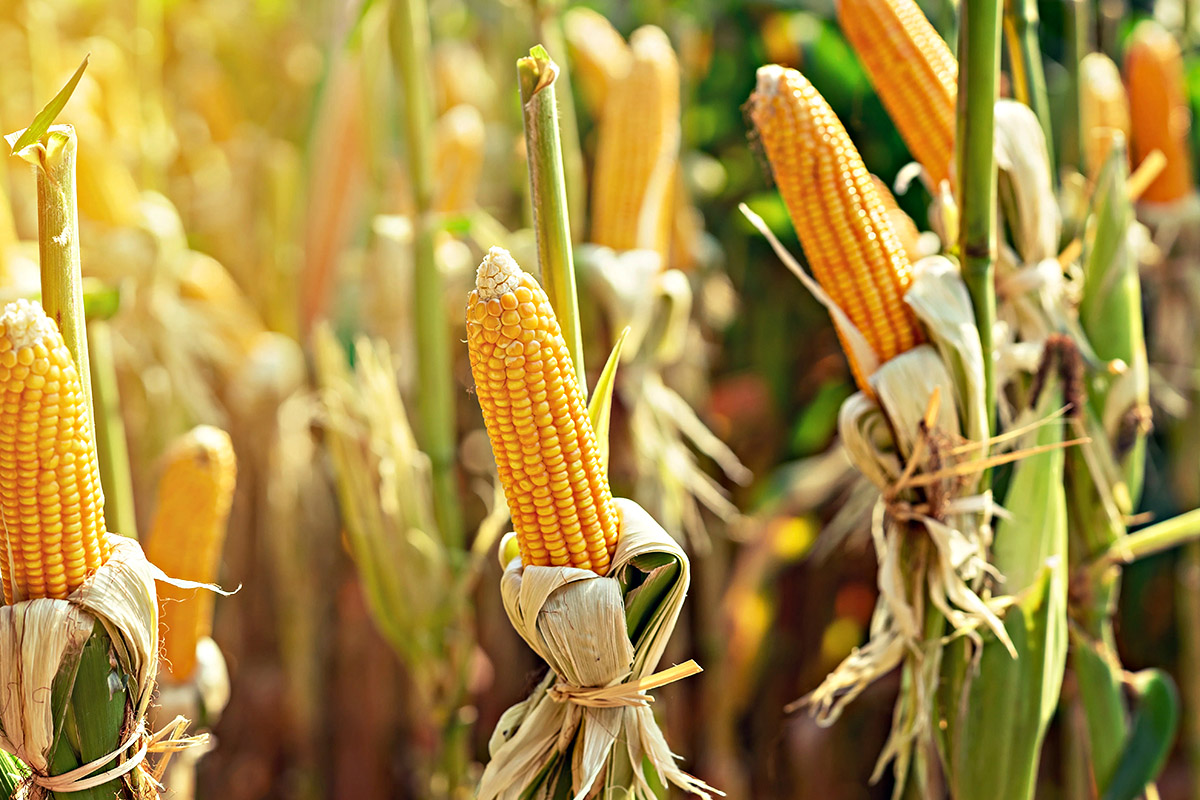
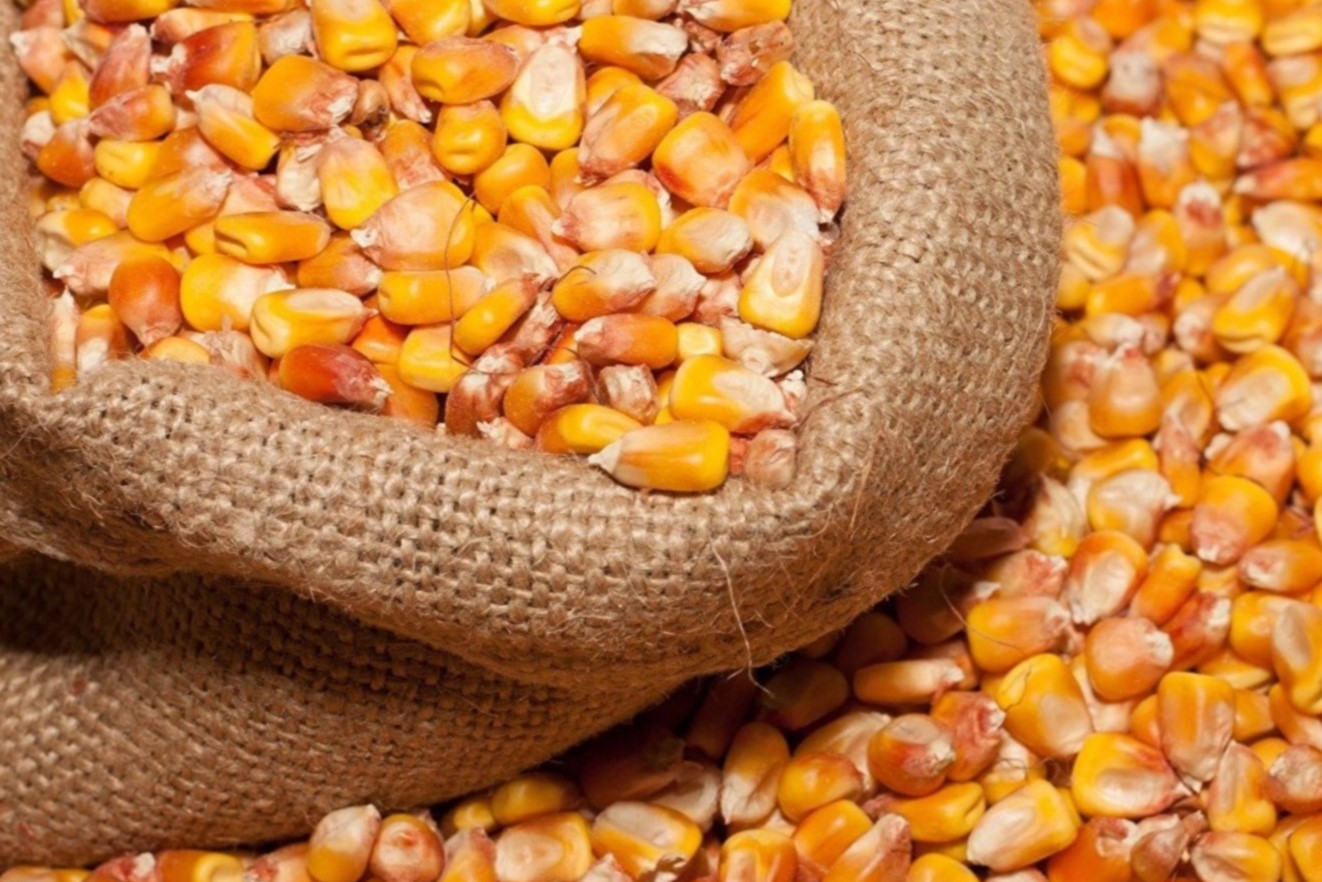
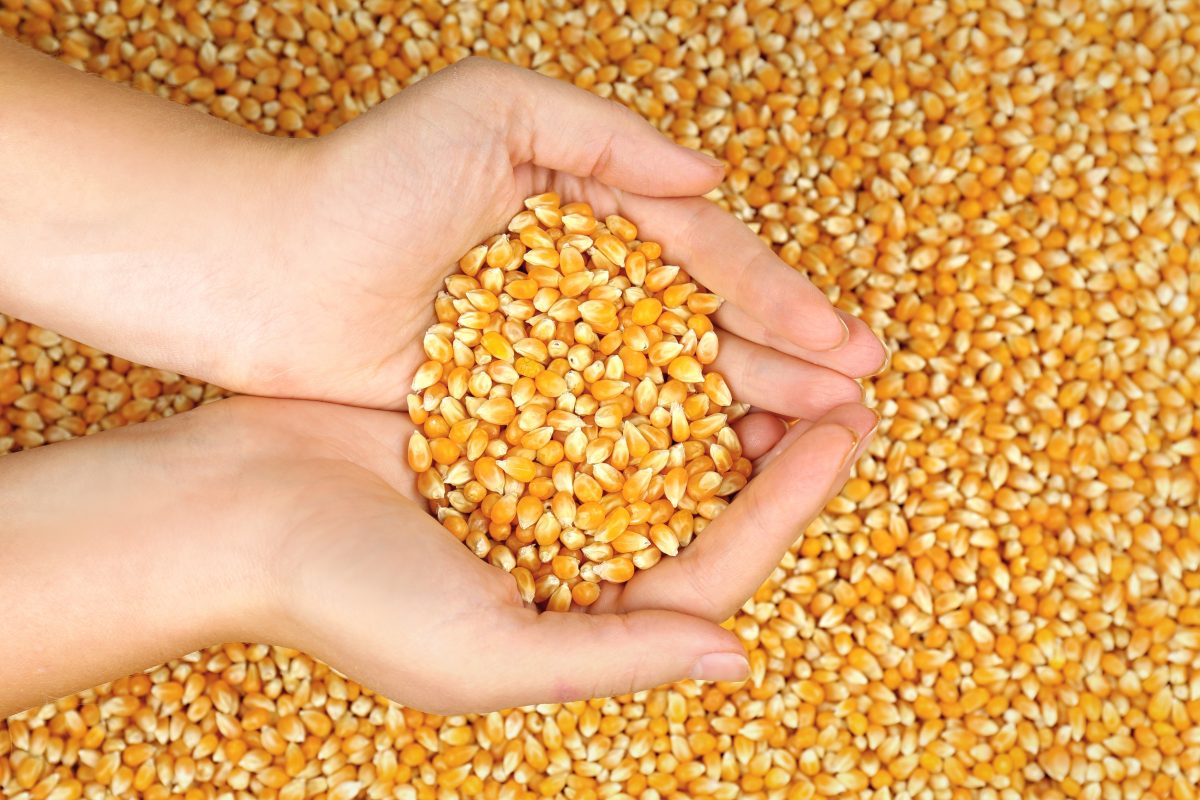
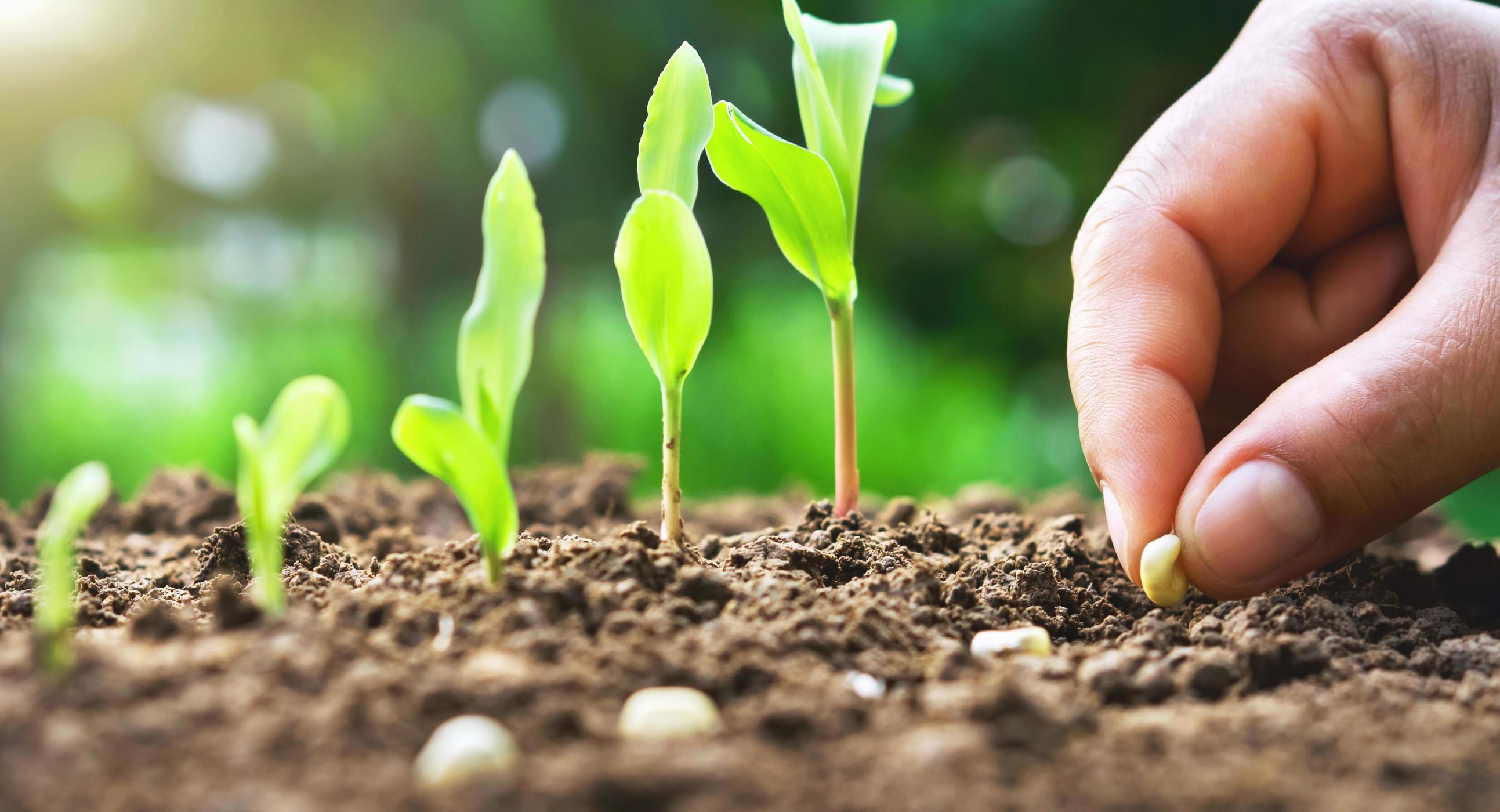
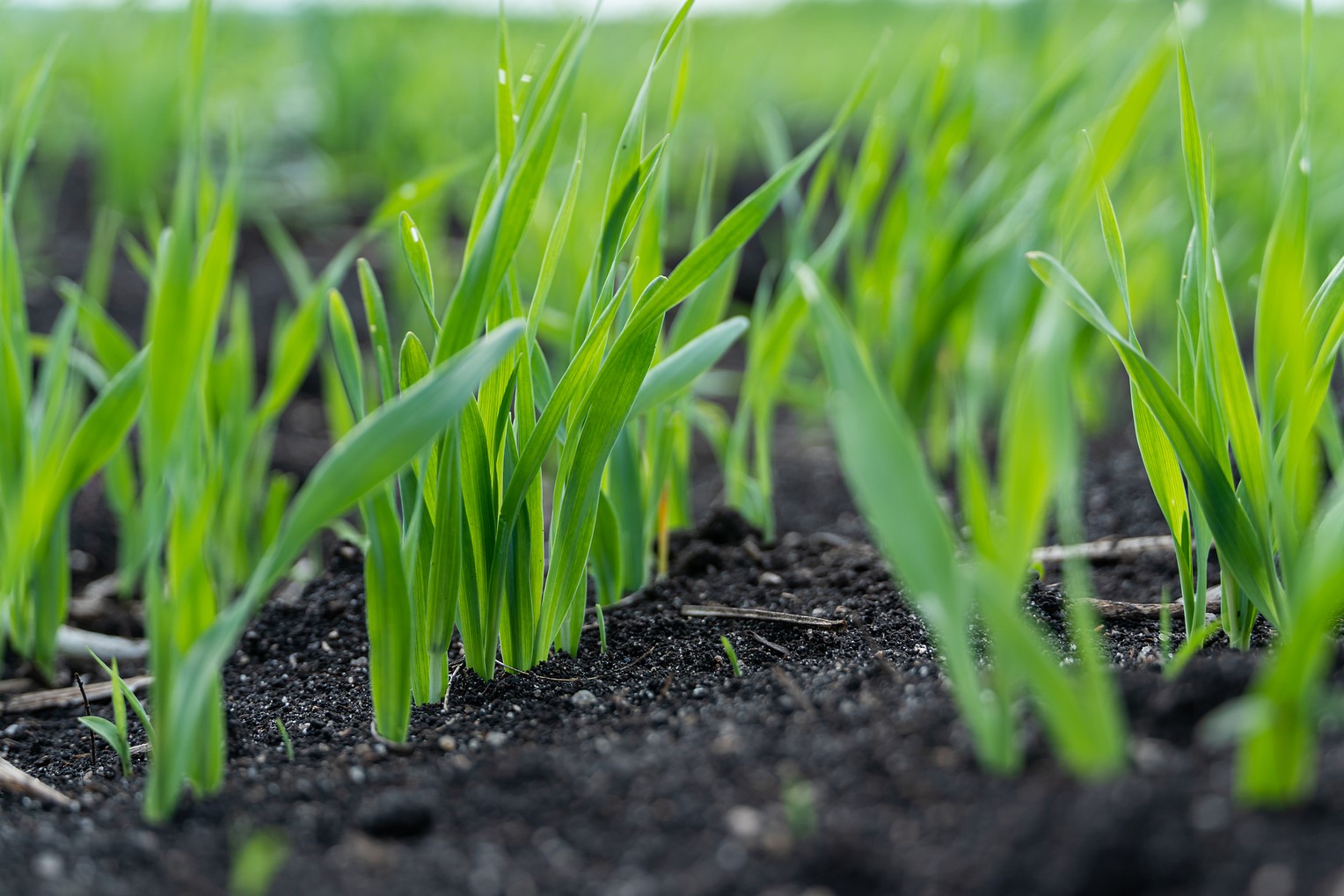
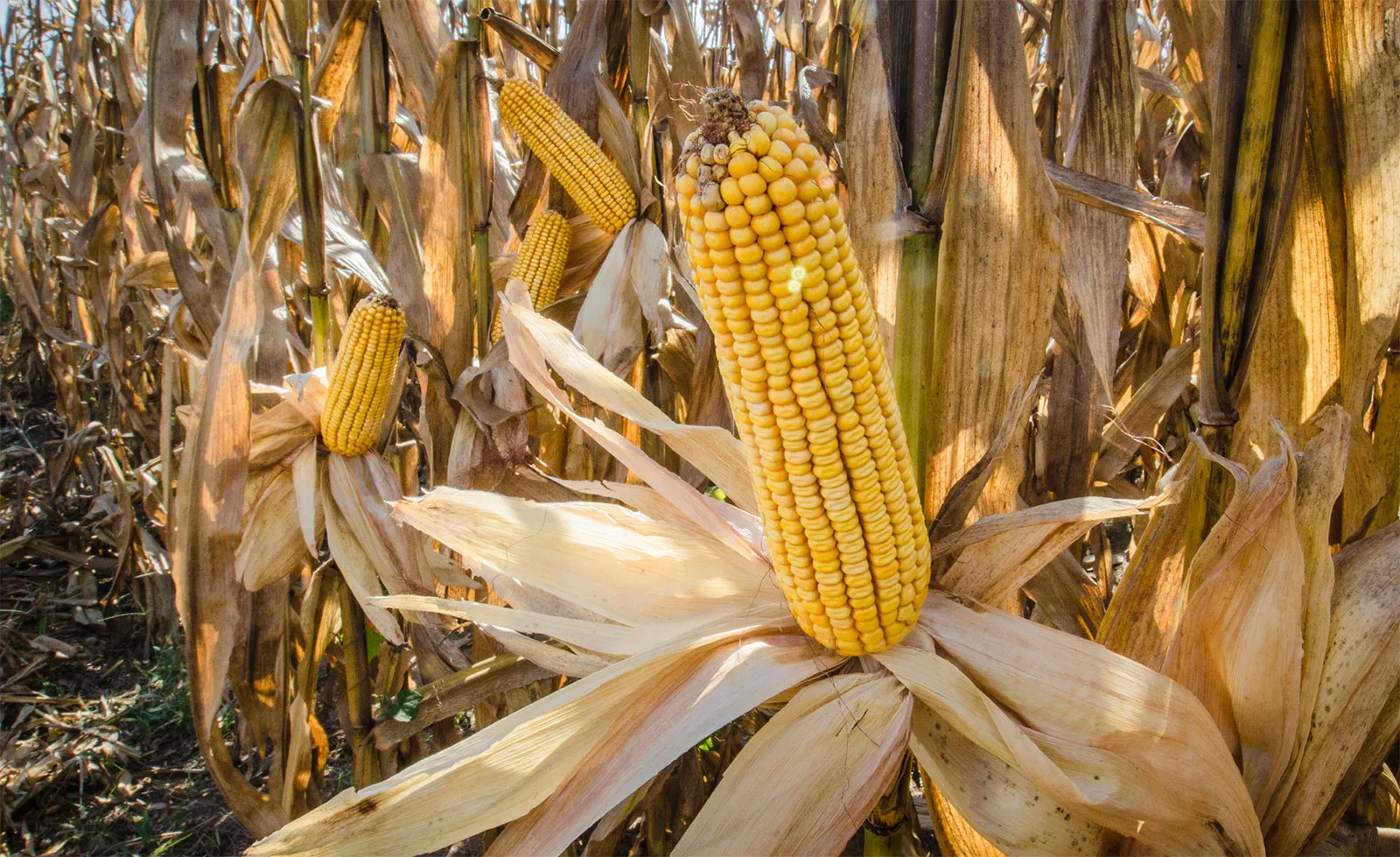
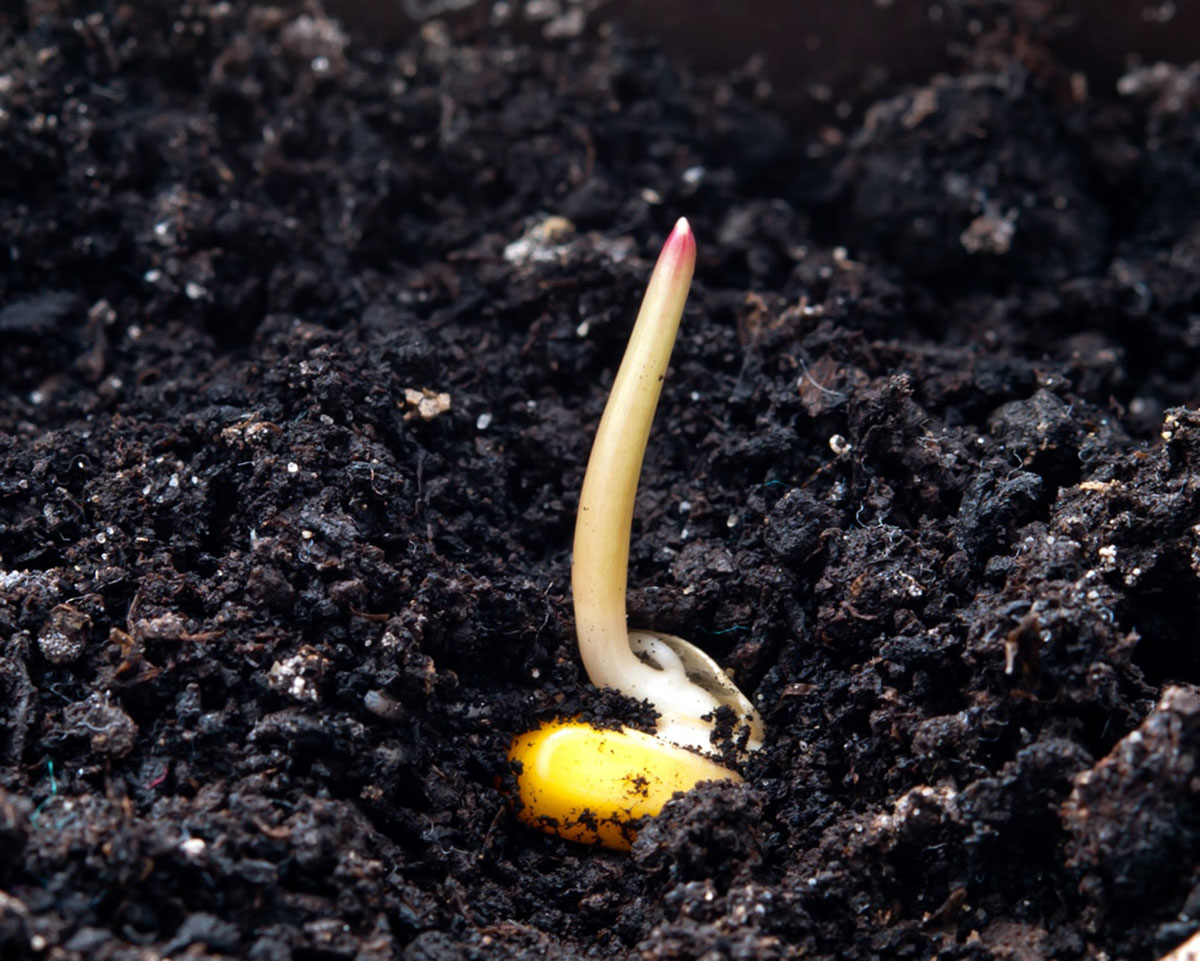
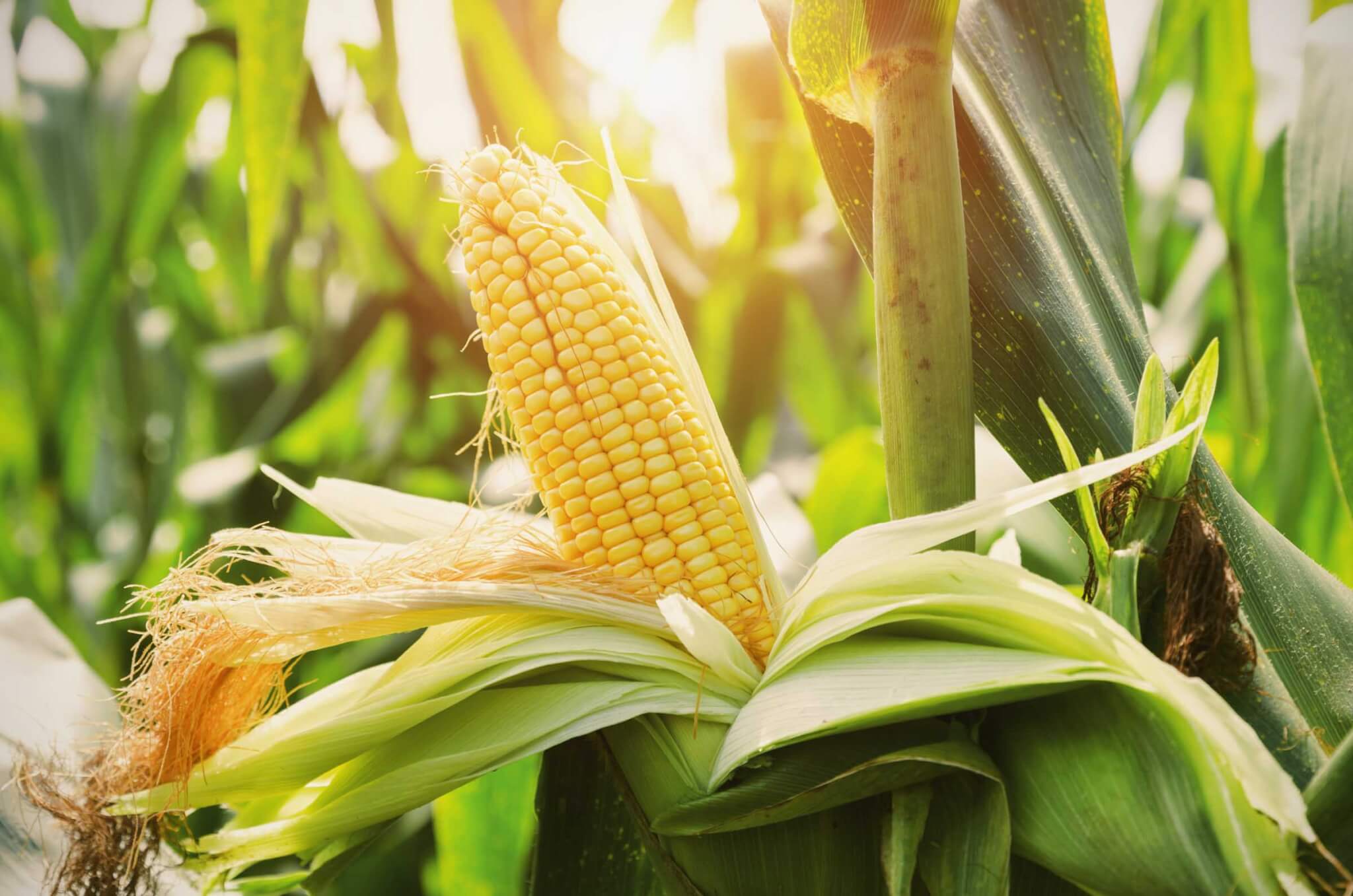
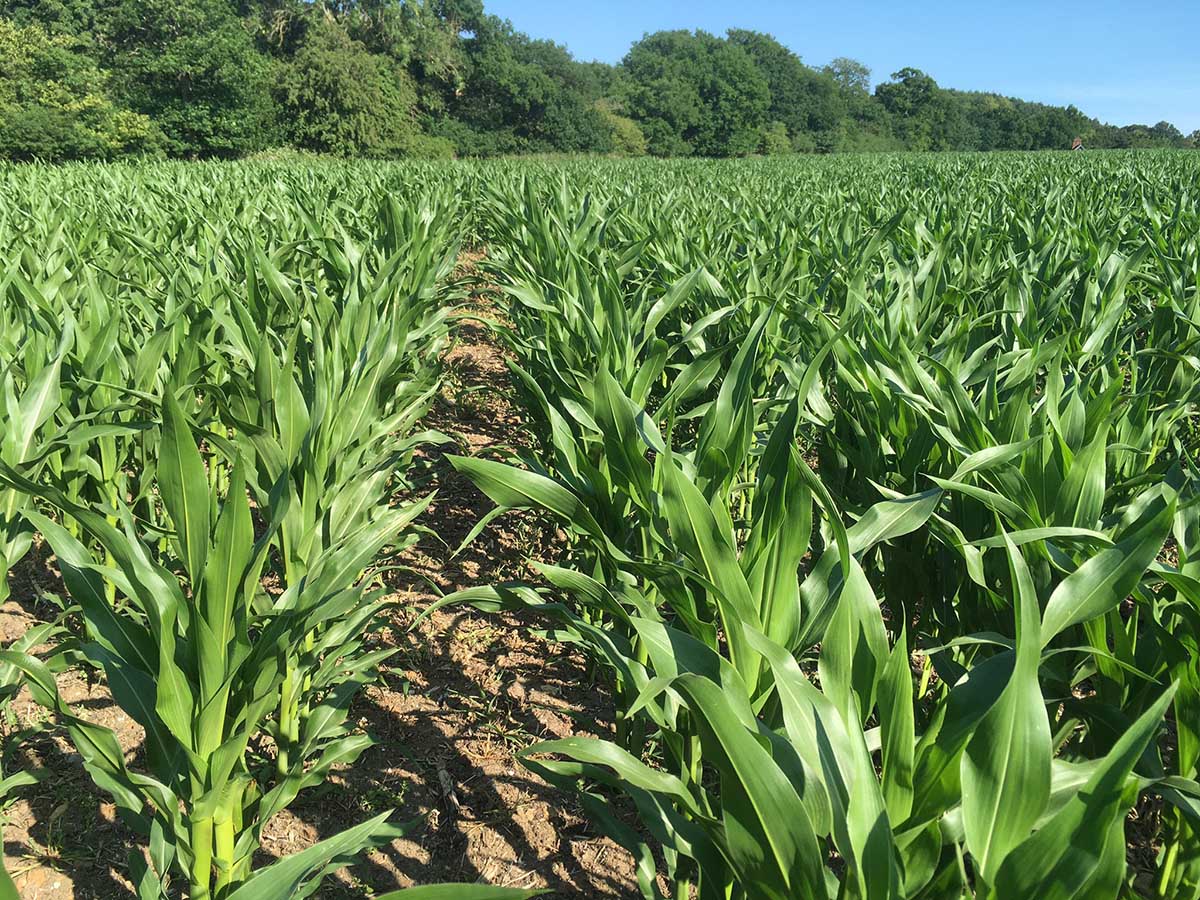
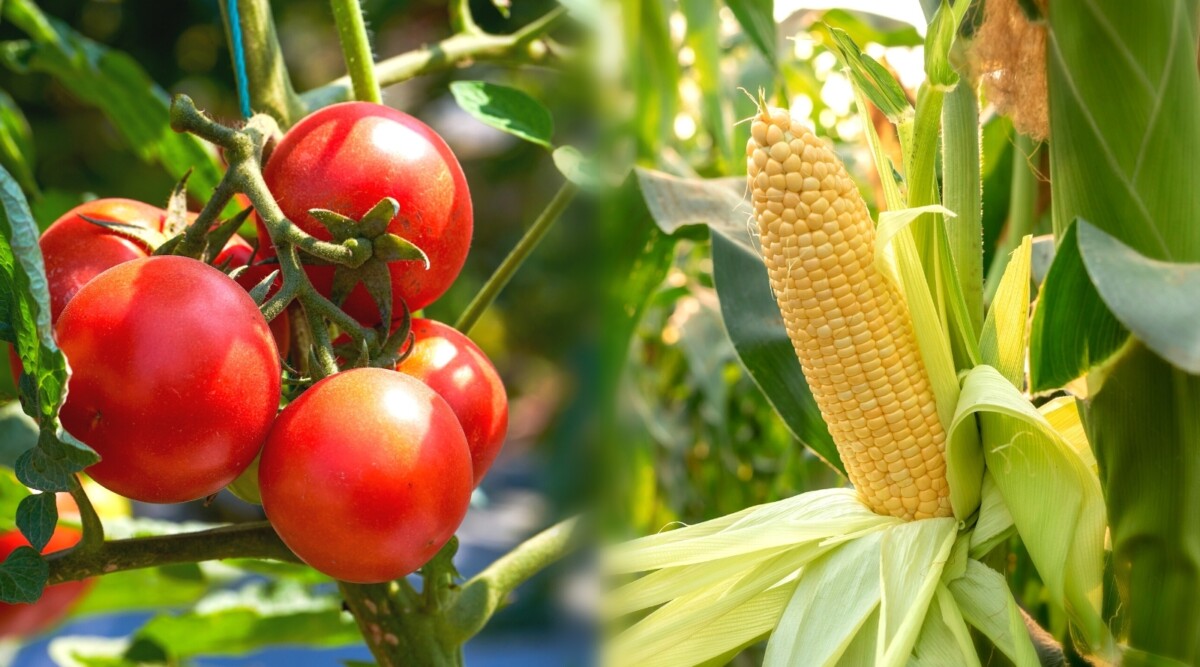
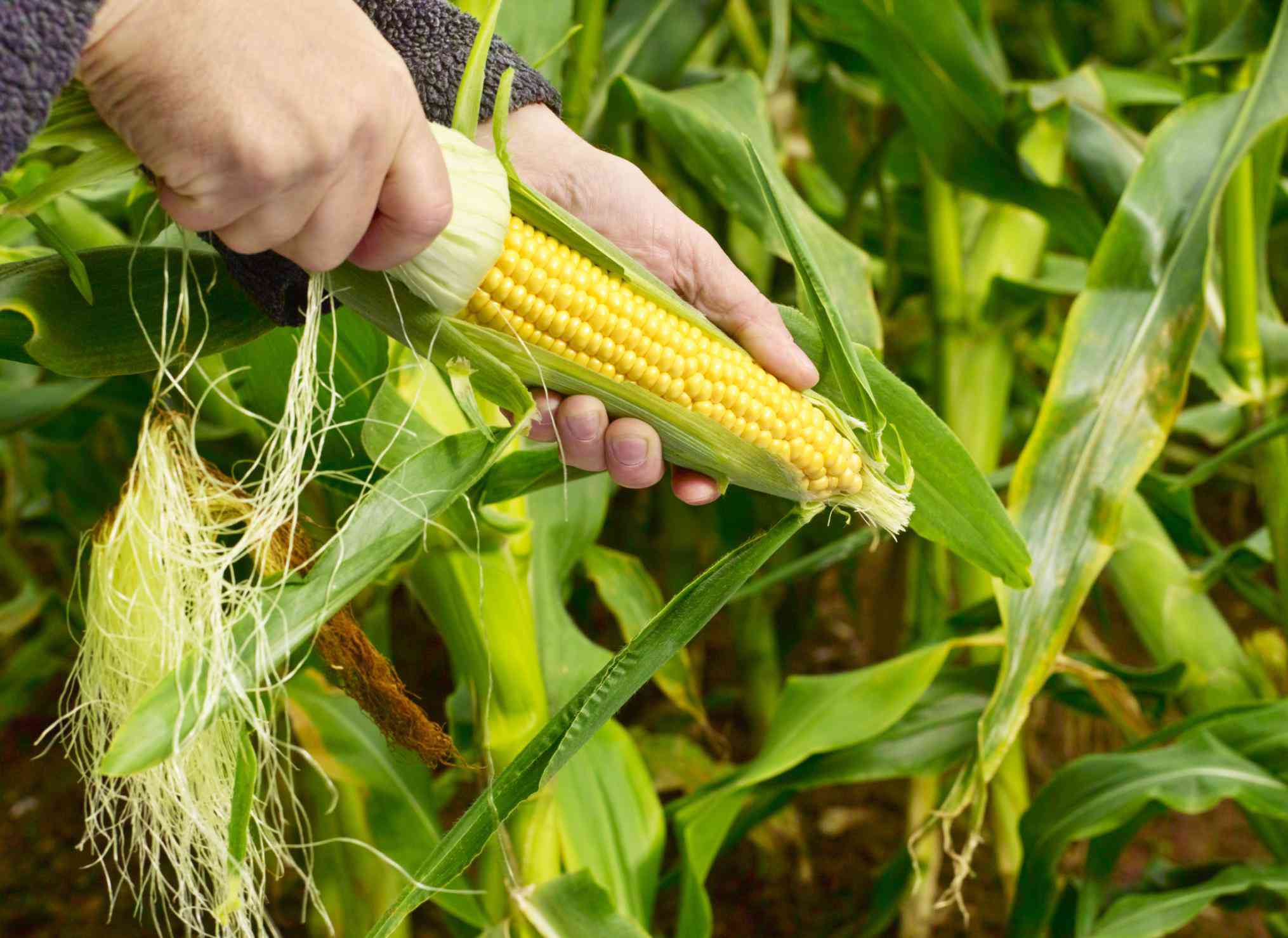
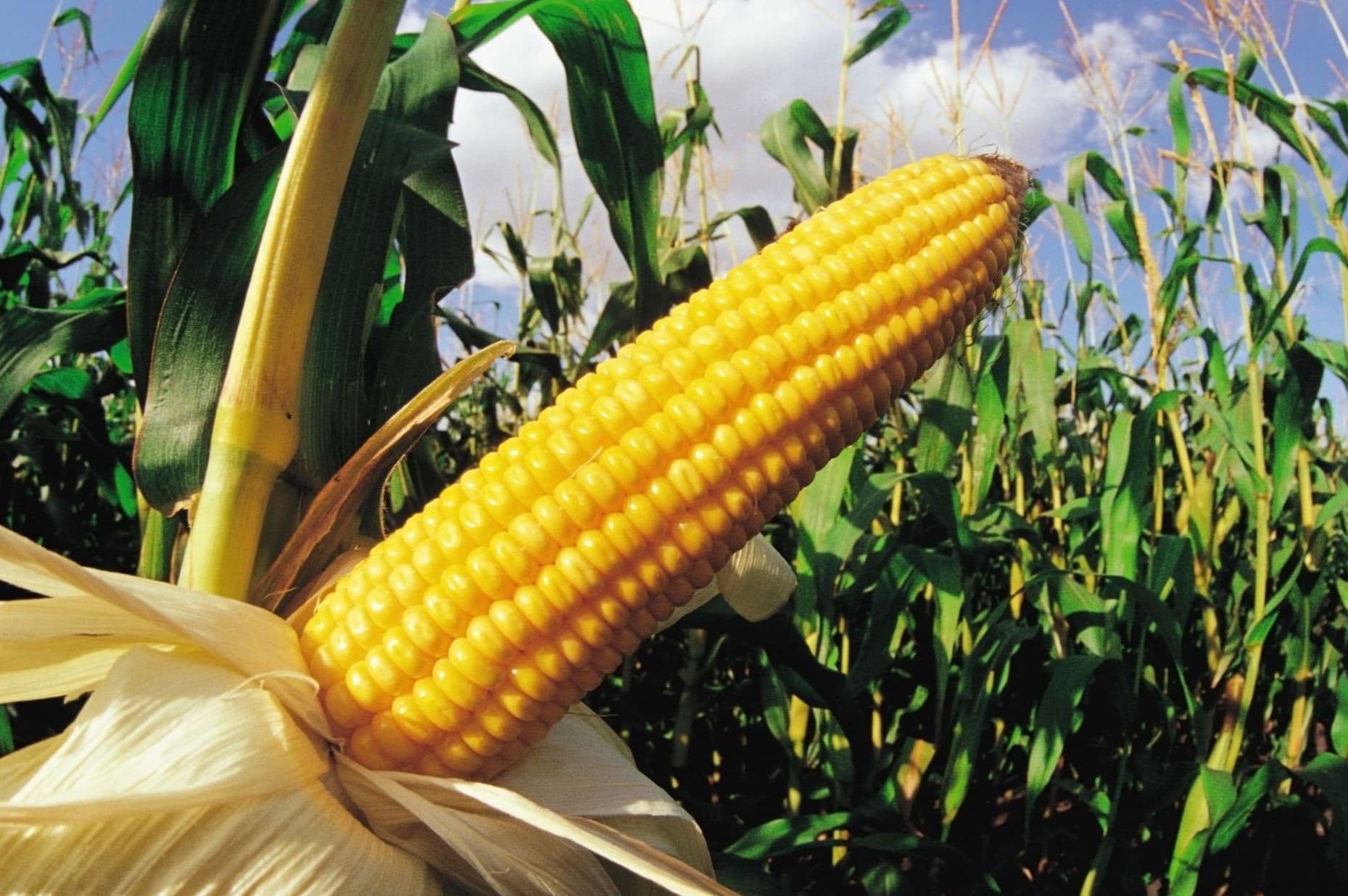
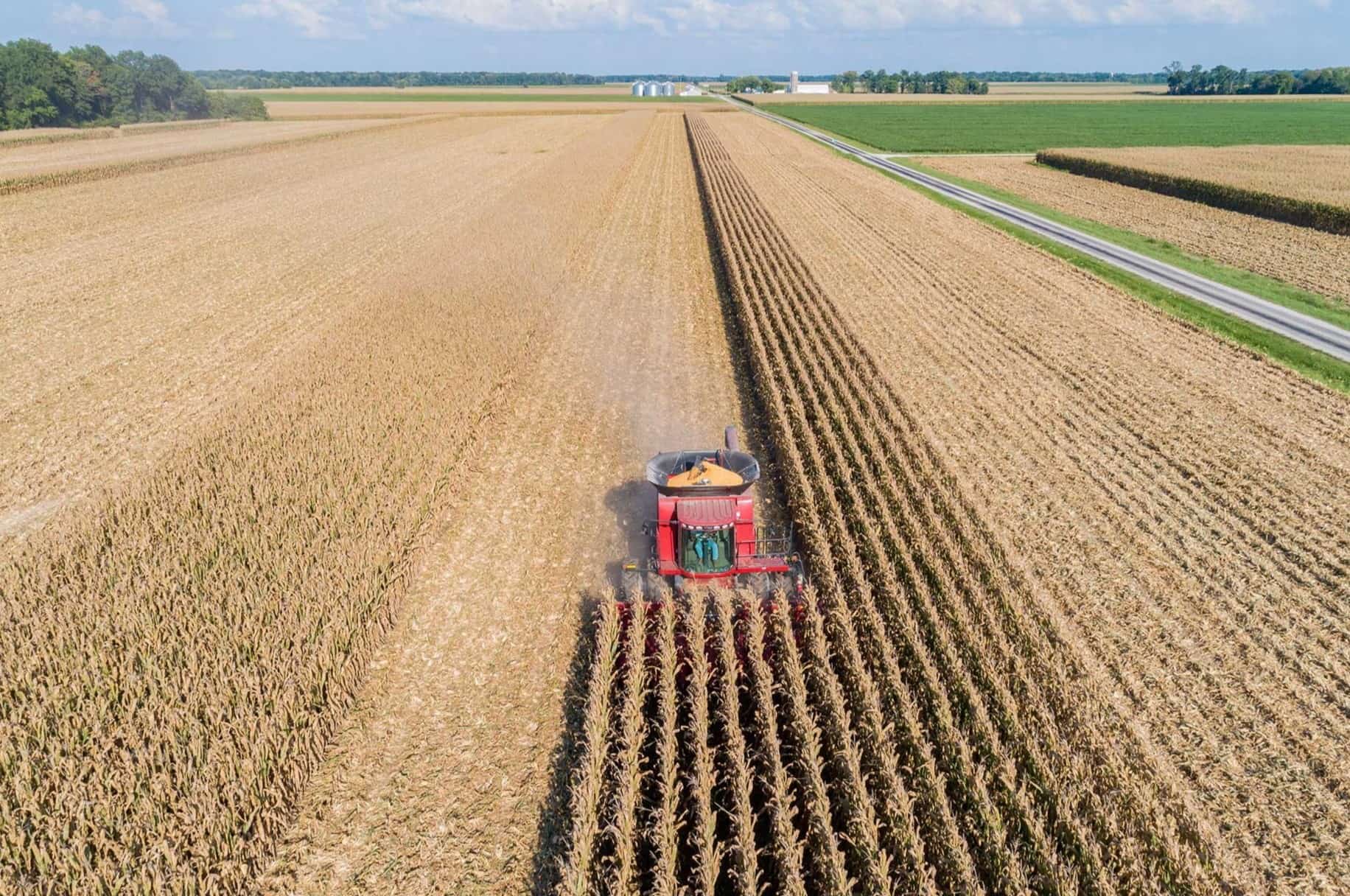
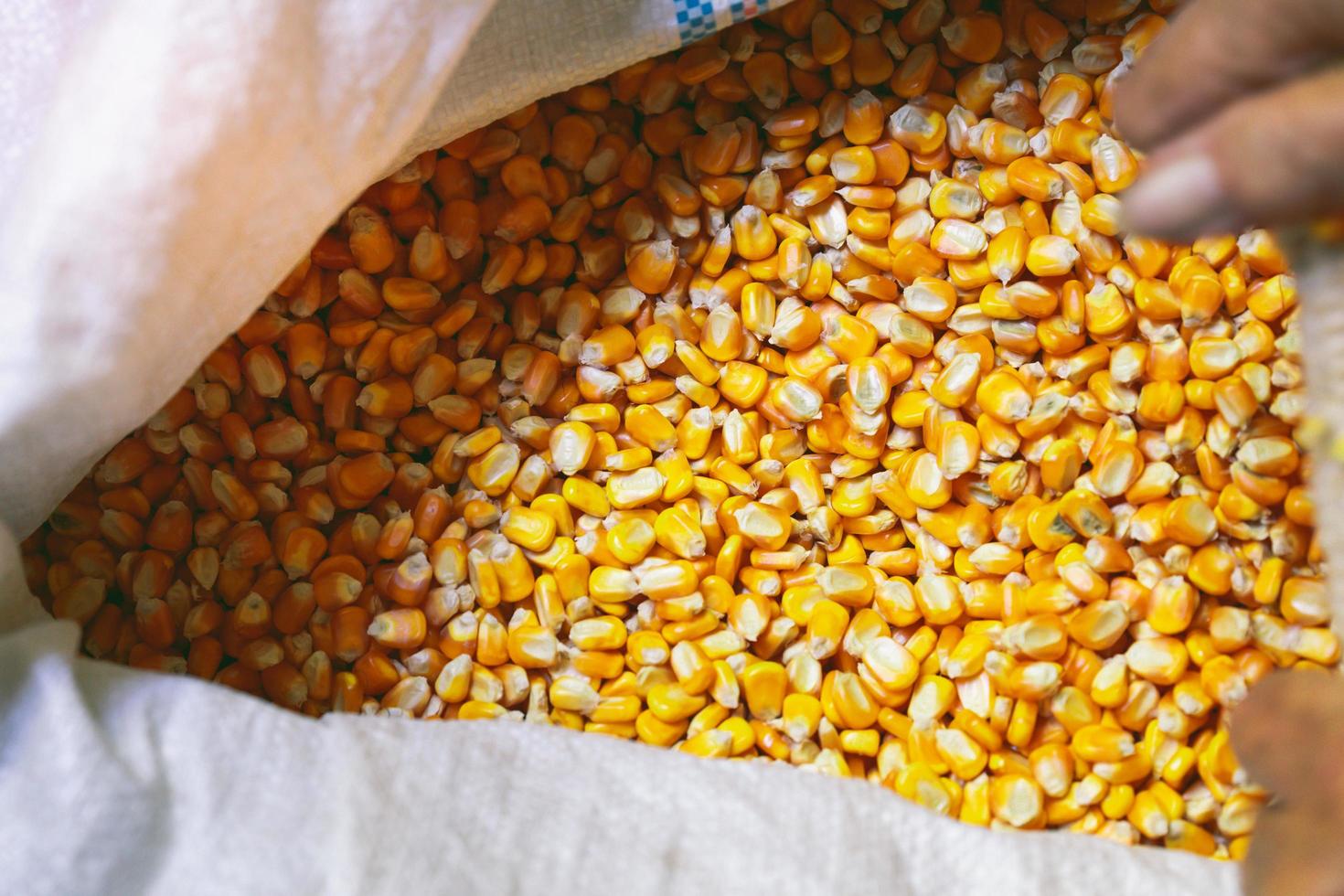

0 thoughts on “What Is A Corn Seed”